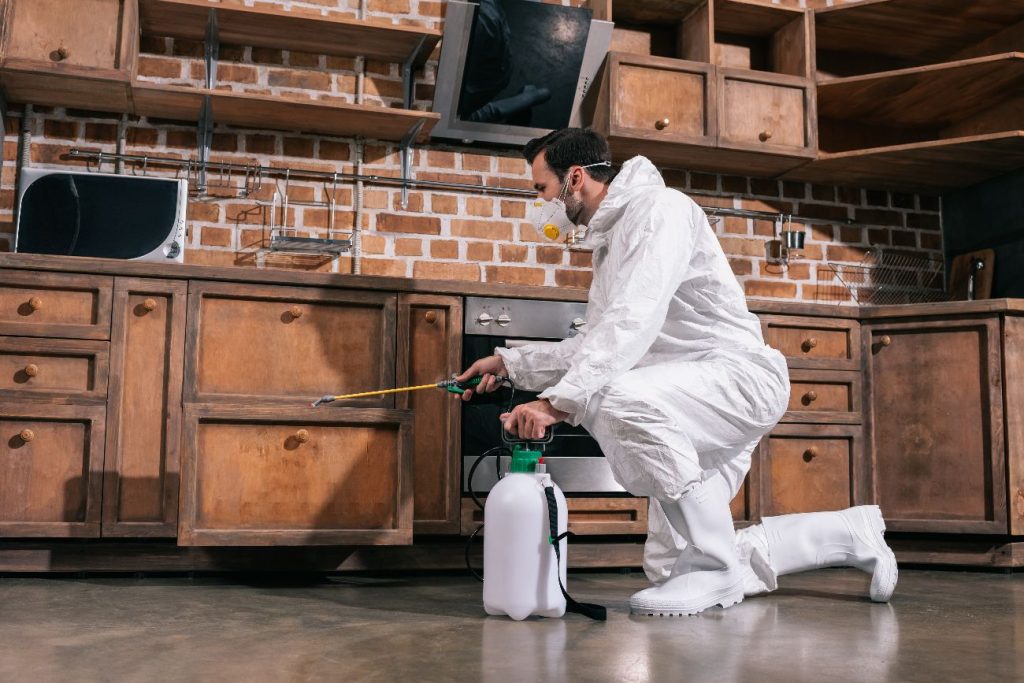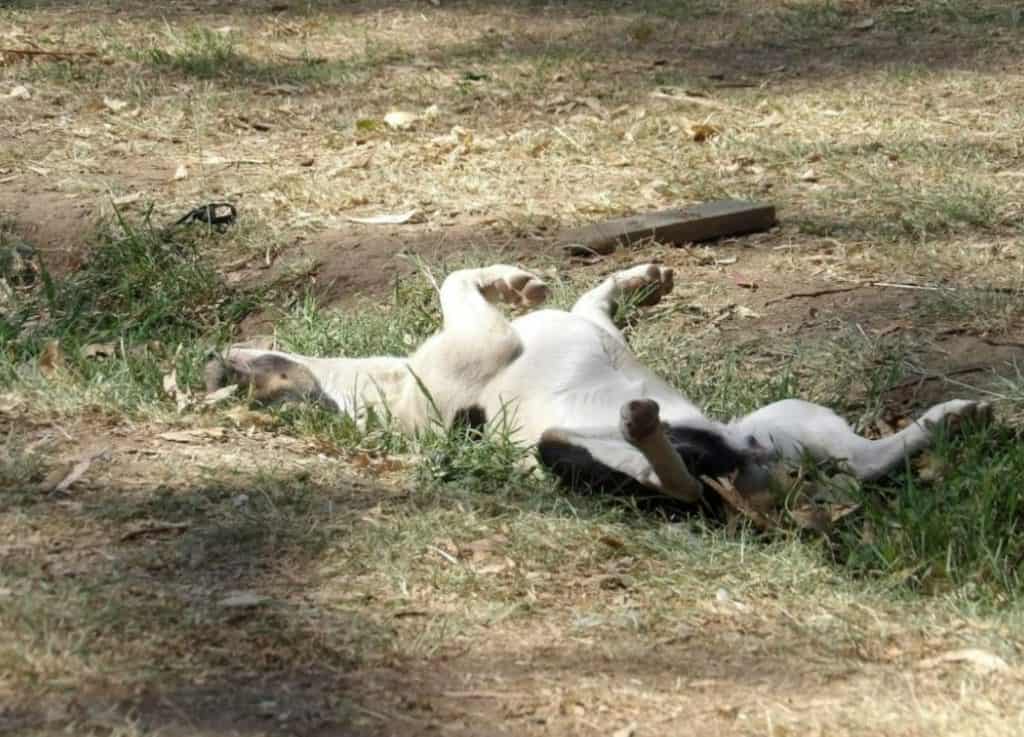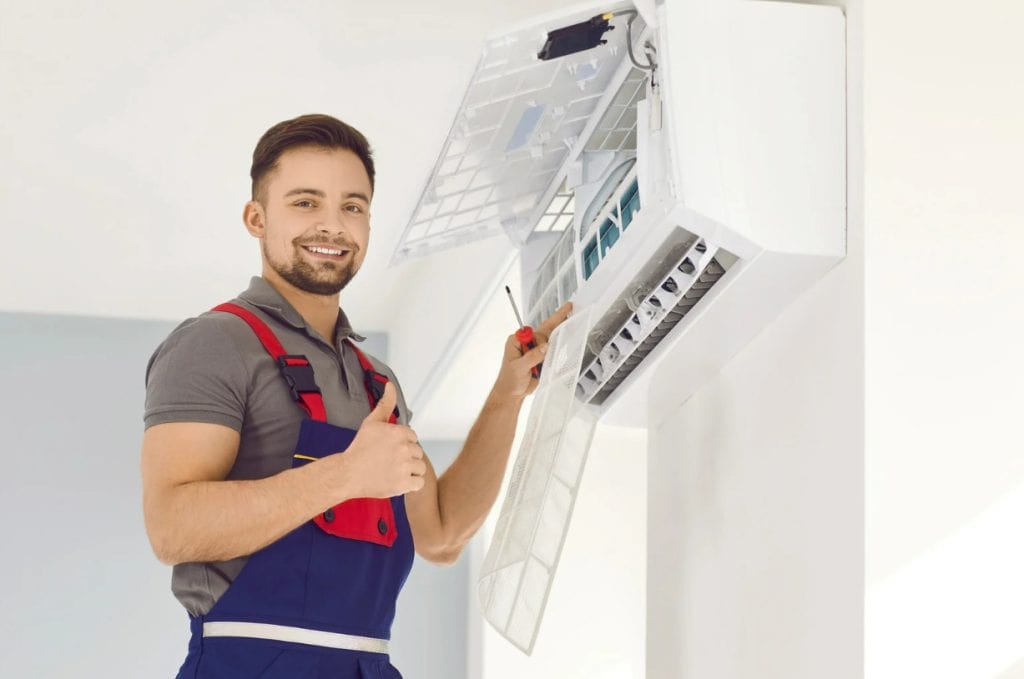Pest risks caused by leaking pipes and drains are more than just plumbing issues alone, but their consequences reach much further. Beyond water damage and higher utility bills, leaking pipes and drains create environments that attract pests.
Rodents, insects, and other unwanted intruders thrive in damp spaces, making properties with plumbing problems particularly vulnerable. For homeowners and property managers, understanding the connection between leaks and pest infestations is critical to maintaining both structural integrity and a healthy living environment.

How Leaks Invite Pests Indoors
Moisture is one of the most significant attractants for pests. Even small drips or slow leaks provide the dampness that insects and rodents seek for survival. Cockroaches, ants, silverfish, and termites are all drawn to moisture-rich environments, while rats and mice often follow water sources into homes.
Unchecked leaks can quickly escalate into infestations. For example, termites thrive in wet wood, which is more vulnerable to their tunneling. Similarly, cockroaches multiply faster when food crumbs and standing water combine to create ideal breeding conditions.
Addressing plumbing issues promptly is about conserving water and about removing the very conditions that allow pests to settle in. In cases where pipes are aging or difficult to access, trenchless pipe relining offers a modern solution.
Instead of digging up large areas of flooring or landscaping, this method repairs pipes internally, eliminating leaks while preserving the property’s structure. By fixing the problem efficiently, homeowners reduce pest risks and restore a safe, dry environment.
Common Pest Problems Linked to Plumbing Issues
Different types of pests take advantage of leaking pipes and drains in unique ways. Recognizing which threats are most likely can help homeowners respond before infestations spiral out of control.
Rodents, for example, use moisture as a signal of easy access to shelter. They often gnaw through weakened materials near pipes to reach damp crawl spaces or basements. Cockroaches prefer dark, wet areas such as under sinks or behind appliances, while ants frequently appear near leaking faucets or drains in search of hydration.
Termites represent one of the costliest risks, as they target water-damaged wood. A small leak hidden inside a wall can create the perfect environment for colonies to thrive undetected for months. Even mosquitoes can become an issue when water collects around faulty drains or gutters, turning standing water into breeding grounds.
Structural and Health Consequences
Pest infestations tied to leaks extend beyond simple annoyance. Structurally, they can cause significant damage to a property. Termites hollow out wood, rodents chew through wiring, and cockroaches contaminate food storage areas. The combination of moisture and pests accelerates deterioration, often requiring costly repairs.
Health risks are equally concerning. Rodents and cockroaches are known carriers of diseases that can spread through droppings or contaminated surfaces. Mold growth, often triggered by persistent leaks, compounds the issue by affecting indoor air quality.
Together, these risks make leaking pipes a threat to both property value and resident well-being.
Preventive Measures to Reduce Risks
Preventing pest risks caused by leaking pipes requires both proactive plumbing maintenance and vigilance in identifying early signs of moisture. Routine inspections can reveal minor leaks before they escalate into serious problems.
Ensuring that drains are unclogged, gutters are clean, and outdoor areas slope away from foundations helps limit water accumulation that attracts pests.
Homeowners should watch for indirect signs, such as musty odors, water stains, or unexplained increases in utility bills. These subtle clues often point to hidden leaks that create perfect pest environments. Partnering with professional plumbers and pest control experts ensures that issues are addressed thoroughly and quickly.

Leaking pipes and drains are more than just plumbing inconveniences, they are gateways for pests and the damage they bring. Moisture creates an environment where insects and rodents thrive, leading to structural harm and health risks if left unchecked.
By understanding the connection between leaks and pest infestations, homeowners can take proactive measures to maintain dry, secure spaces. With regular inspections, preventive maintenance, and modern solutions, pest risks can be minimized, protecting both property value and household health.





